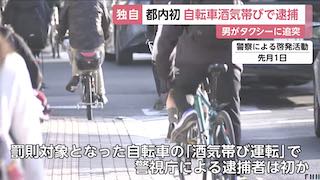Nov 12 (Japan Times) - Airports around the world have found an unconventional, eco-friendly way to take advantage of all the unused open space around their runways and buildings: hosting beehives.
Hamburg Airport created a buzz when it installed its first apiary in 1999, and other airports in Germany were quick to follow suit. Soon enough, the trend spread to airports in European and North American cities, from Copenhagen and Malmo, Sweden, to Chicago and Seattle.
Since 2016, the Hagi-Iwami Airport in Shimane has been the proud home of Asia's first and only airport apiary. The airport is located in Masuda, a city that lies on the coast of Shimane with a population of around 46,000. It is a small seaside city that could be described as idyllic, with an abundance of greenery and the Sea of Japan to the north. Busan is close enough for Masuda residents to pick up Korean programs on their radios.
The Airport Honey Project has become a labor of love for Haruhiko Motohashi, the president of Iwami Airport Terminal Building Co. Ltd. He views the project as a perfect match for the airport because, he says, "Large airplanes and tiny honeybees both have wings and fly. It's an excellent combination."
Although airport apiaries are still a bit of a novelty, the Hagi-Iwami Airport is an ideal location for bees, as the nearby Takatsu River and expansive prefectural park offer a varied and plentiful natural environment for the insects.
When the idea for the project was first floated two years ago, Motohashi knew little about keeping bees and collecting honey, so since then he has been on a steep learning curve. But luckily, he has had plenty of support along the way. And airports and apiaries, it turns out, have something in common: "Everyone must work together as a team."
Sure enough, the project is a community effort. Motohashi himself has a hands-on role in tending to the apiary, and his beekeeping team consists of airport employees and a handful of Masuda residents, one of the most active being Etsuji Ohata, the president of local company Masuda Kosan Ltd.
The project started as a small "why not" idea and grew into a full-fledged operation within six months, largely thanks to the help of Atsuo Tanaka, the founder of the Ginza Honey Bee Project, and Nina Jinsekikogen, a Hiroshima-based NPO that instructed Motohashi and Airport Honey Project members on the ins and outs of beekeeping.
The honey is packaged in simple glass jars by Himawari no Ie, an NPO that supports local residents with disabilities. All excess honey is used for tasting events and sold to nearby bakeries and shops for their pastries and other treats. One of the goals of the project is to strengthen Masuda's economy and empower the local citizens by including them in the production process, thereby creating jobs.
The airport began setting up beehives in April 2016. By the end of the year, the Airport Honey Project had produced 320 kilograms of honey, filling 2,000 jars, all of which sold out within three months. The unexpected success of the project's pilot year prompted Motohashi to acquire more beehives, and the second year of the project produced 600 kg of honey. It was also the year Airport Honey became a double-award winner in the Honey Meister Honey of the Year contest.















